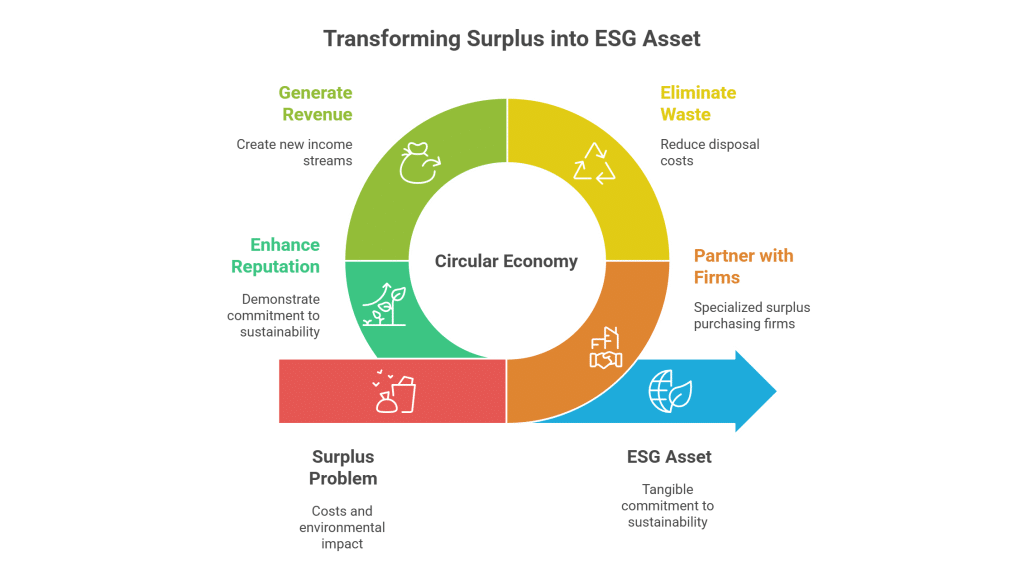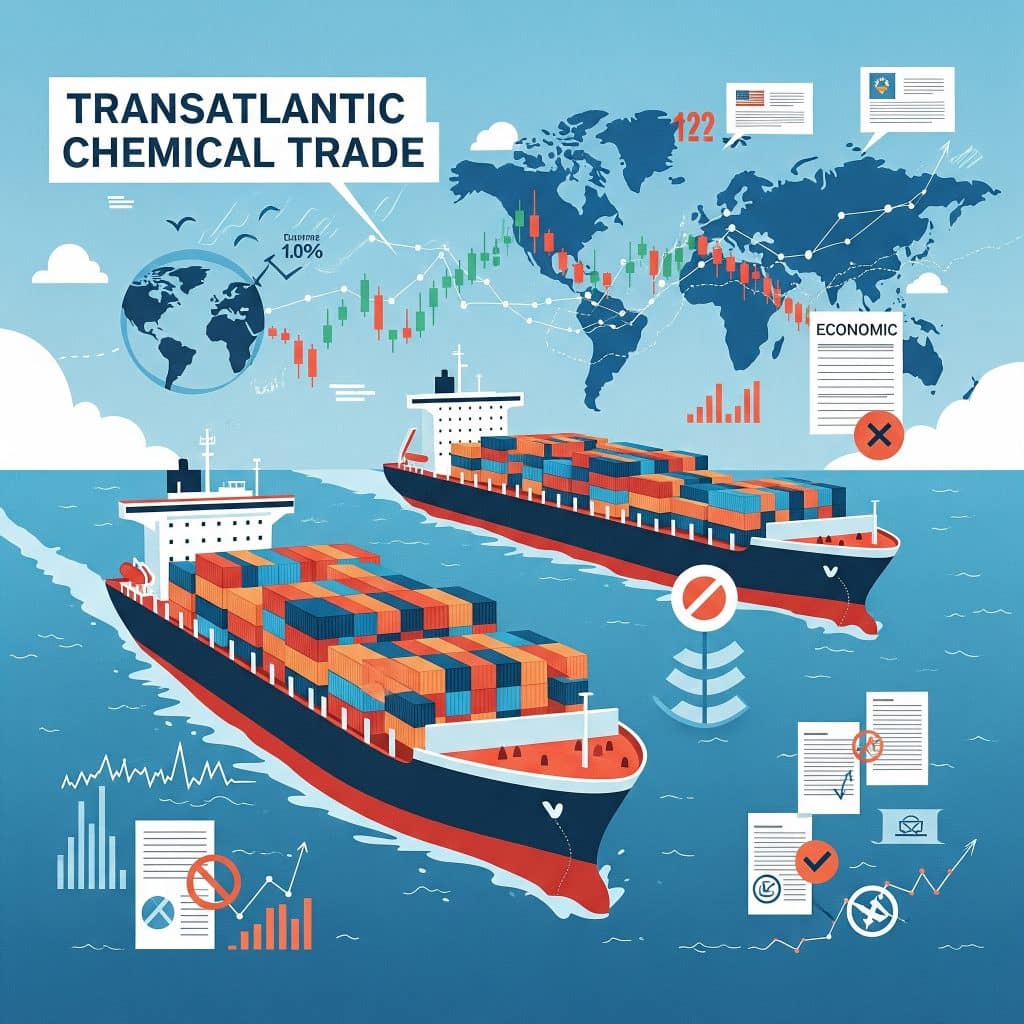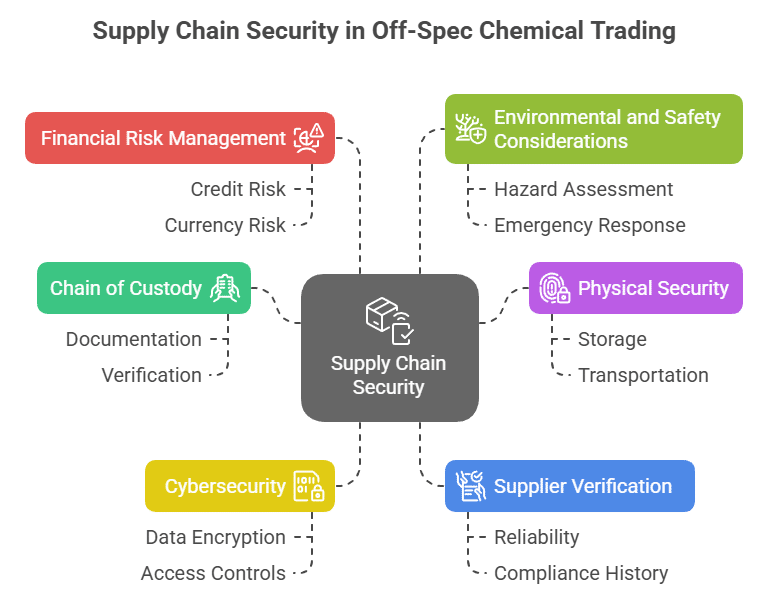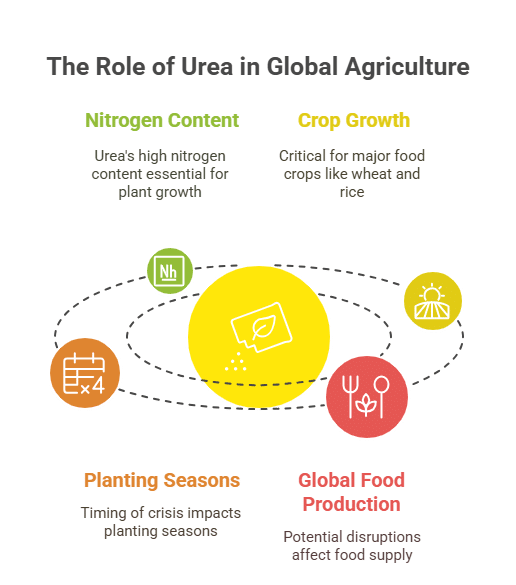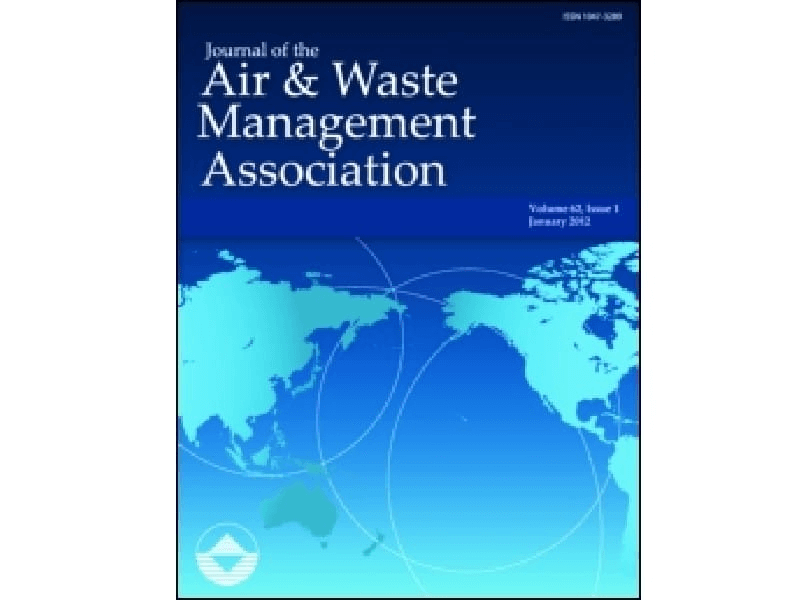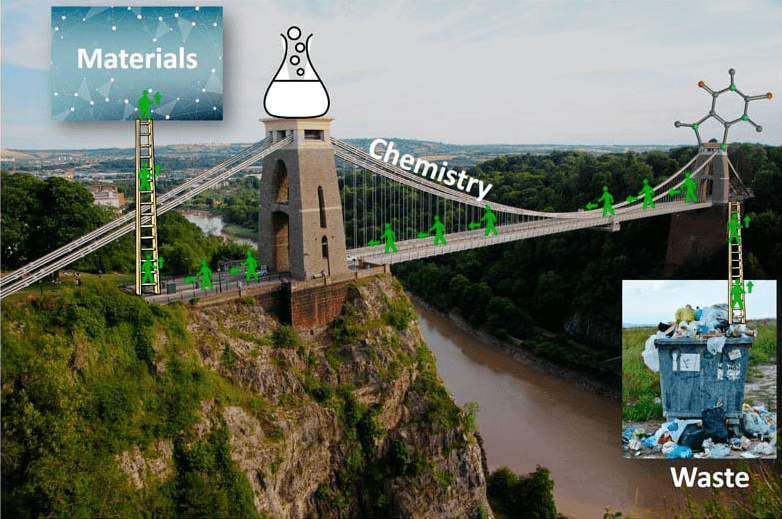Redefining Surplus Chemicals: Sodium Thiosulfate in Photographic Processing & Water Treatment
Sodium Thiosulfate is a versatile chemical widely recognized for its role in several industrial applications. In the realms of photographic processing and water treatment, this compound serves as an indispensable agent – from fixing photographic images by removing unexposed silver halides to neutralizing chlorine and other contaminants in water systems. Often held as excess inventory, surplus Sodium Thiosulfate represents a strategic asset that companies can convert into tangible economic benefits instead of letting it occupy valuable storage space.
Maximize Your Surplus Inventory Value with Sodium Thiosulfate in Photographic Processing & Water Treatment
For organizations dealing with excess chemicals, the opportunity to buy and sell surplus Sodium Thiosulfate is a game changer. By engaging in efficient surplus trading, companies not only recover costs but also contribute to sustainable and environmentally responsible practices. Instead of incurring expensive disposal fees and facing stringent regulatory requirements, firms can free up storage and gain additional revenue by monetizing surplus stocks. This approach provides dual benefits: buyers enjoy cost-effective procurement from a reliable source, while sellers benefit from improved cash flow, reduced waste, and a smaller environmental footprint.
Sodium Thiosulfate in Photographic Processing & Water Treatment: A Dual-Purpose Asset
Buyers in these sectors benefit from reduced procurement costs and the ability to source a high-quality chemical that has proven efficacy in critical applications. This cost savings, combined with the assurance of obtaining a product that meets industry standards, translates to improved process efficiency and reduced operational downtime.
For sellers, liquidating surplus Sodium Thiosulfate provides an opportunity to recoup invested capital, clear out storage space and avert the potential risks and expenses associated with chemical disposal. Moreover, selling surplus contributes to a circular economy by redirecting excess material to users who can immediately put it to good use, ultimately supporting sustainability goals and lowering environmental impact.
Table of Contents
Transforming Surplus Inventory into Strategic Profit: A Real-World Success Story
A mid-sized water treatment facility found itself with an excess stock of Sodium Thiosulfate due to a recent overproduction run. Rather than facing storage challenges and potential disposal costs, the facility opted to utilize a surplus trading platform. By listing the excess chemical, they connected with a photographic processing lab that was in need of high-grade fixer for its operations. The transaction not only provided immediate cost recovery but also fostered a new business relationship that paved the way for future collaborations. This strategic move not only optimized inventory management but also set an example of how surplus chemicals can be transformed into valuable assets, boosting operational efficiency and promoting sustainable practices in the industry.

